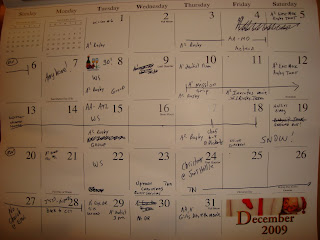Shape the Path
If you want people to change, you can provide clear direction (Rider) or boost their motivation and determination (Elephant). There is another option to make the journey easier: Create a downhill slope and give them a push. Remove friction from the trail; scatter signs around to tell them they are getting close. In other words, shape the path.
- Tweak the environment
- Build habits
- Rally the herd
To change yourself or other people, you’ve go to change habits.
Forming a habit isn’t all environmental – it’s also mental. Habits are behavioral autopilot, and that’s why they’re such a critical tool for leaders. Leaders who can instill habits that reinforce their teams’ goals are essentially making progress for free. They’ve changed behavior in a way that doesn’t draw down the Rider’s reserves of self-control.
The hard question for a leader is not how to form habits but which habits to encourage. How can you create a habit that supports the change you’re trying to make?
- The habit needs to advance the mission
- The habit needs to be relatively easy to embrace
Here's the secret weapon that combines the two strategies of tweaking the environment and building habits.
Make a checklist
Checklists help people avoid blind spots in a complex environment. Checklists simply make big screw ups less likely. Checklists provide insurance against overconfidence. Checklists, in short, help shape the path to change.
This wraps up a week-long look at Dan and Chip Heath's new book "Switch". My posts have only begin to scratch the surface of a highly personal, story-filled book that will have you thinking about change in no time. It's a great companion to their first book "Made to Stick". It would be a great addition for any leader wanting to help navigate an organization through change.
Disclosure: I received a free copy of "Switch" from the authors, but was not required to write about it.











